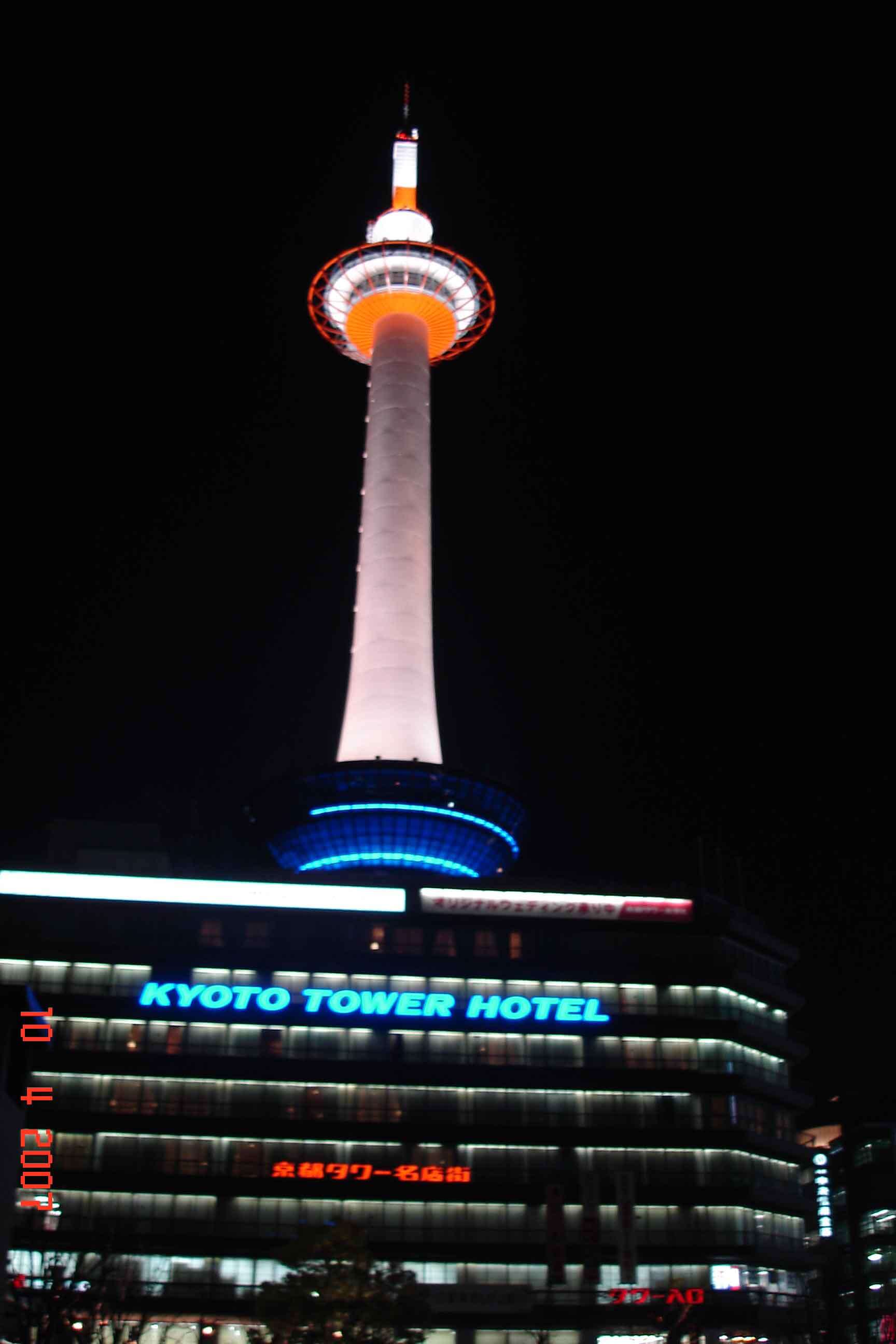
Kyoto Tower Hotel Kyoto
Arriving in Kyoto a new guide greeted us on the train platform and took us to our hotel, the Rihga Royal Hotel, our luggage already arrived and in situ . Our hotel room,very clean, comfortable, a good standard, staff very friendly and helpful, another really nice hotel. Great breakfasts with a choice of western or Japanese cuisine.
Kyoto Tower
Caught sight of the reflection of Kyoto Tower in the windows of Kyoto station as we arrived. Opposite the railway the Kyoto Tower lights up the skyline and is hard to miss. Kyoto Tower is a steel observation tower, the tallest structure in Kyoto, and lies opposite Kyoto Station. The observation deck at 100 meters and spire at 131 meters, a distinct landmark. Construction of the tower specially designed so the overall effect resembles a Japanese candle.
The following morning, refreshed after a good nights sleep, we set off early start, our first stop Nijo Castle and Ninomaru Palace. There is so much history here.
About Nijo Castle and Ninomaru Palace
We entered through the great eastern gate – the main entrance to Nijo Castle. The castle gates in this period of architecture are very strongly built with stone walls encasing huge iron gates. Entering the grounds of Ninomaru Palace via the handsome gilded gable of Karamon Gate, which is visible from the great Eastern gate, one had to stop immediately and admire the elegant lines of the palace.
The palace is impressive with its simple but elegant architectural style. The roof gable lavishly decorated in gold leaf, the building off set by green pines and the white gravel grounds. The palace built entirely of Hinoki Cypress a timber renowned for its strength and durability, grown throughout the country, and used for centuries as a building material.
Official Residence of the first Tokugawa Shogun
Nijo Castle built 1603 as the official residence in Kyoto of the first Tokugawa Shogun, Leyasu. Following Leyasu Tokugawa’s appointment as Shogun, peace prevailed for some 250 years in Japan. The castle and palace completed in 1626 under the third Tokugawa Shogun Lemitsu,(Leyasu’s grandson), some structures moved here from Fushimi Castle (Momoyama period 1573-1614). The Karamon Gate is one of the structure transported from Fushimi Castle. Nijo Castle and Ninomaru Palace considered one of the finest examples of Momoyama architecture from the early Edo period.
Ninomaru Palace
Ninomaru Palace served as the residence and office of the shogun when he visited Kyoto. The size and architectural style of the castle served as a symbol of the Tokugawa power, to the other feudal lords.
The Palace design is simple and elegant in the style of Shoin-zukuri architecture favored by the Japanese samurai class. The magnificent paintings and carvings on walls, doors, and ceiling, some lavishly decorated in gold leaf, decorate the interior; popular design decoration of that period. Most of the wall paintings have survived from the Edo period as well as the building structure. Admire the exquisite carving under the gable eave, very like the wonderful carvings at Toshogu Shrine .
Nightingale Floors in the Palace
Floor area of Ninomaru Palace totals 3,300 square meters. It has 33 rooms with floors covered in some 800 tatami mats. The rooms, linked by corridors with nightingale floors. The floors specially designed to squeak when stepped upon, an early warning system against intruders or assassins.
Our tour group fascinated by stories about the Shogun, the Samurai, and would-be assassins, who would creep in at the dead of night to commit murder, only to be undone by the squeaky sound from nightingale floors as they crept along the hallways. We had our shoes off to go inside the palace, so we were able to test the squeaky floors for ourselves! The squeaky sound supposed to resemble the call of a nightingale, hence the name. I’ve never heard a nightingale, have you? We were able to look underneath the palace building in one area and see how the nightingale floor moves up and down to create the squeaky sound, so interesting. The size of the timber beams in the castles are pretty awesome, the construction obviously made to last as they have; fire always the worst enemy!
Palace paintings by famous Kano School of artists
The beautiful paintings on walls and sliding doors, painted by well-known members of the famous Kano School of the Edo Period. Painted motifs and decoration chosen for each room according its use. Low ranking visitors received in the outer chambers of the Ninomaru palace, high-ranking visitors shown into the more subtle inner chambers. The Palace, an excellent example of social control using architectural space.
The Tokugawa hollyhock crest – Author= Lemon-s
Ichi-no-ma (First grand chamber)
Ichi-no-ma (First grand chamber) is the most famous chamber in the Palace. This chamber has magnificent tiled ceiling, all sliding door painted with beautiful pine tree motifs. The Shogun sits on a raised platform at the top of the room, bodyguards hidden behind a painted sliding door. The Feudal Lords assembled and kneeling on the floor in front of the Shogun.
In 1867, such an assembly took place, the fifteenth Tokugawa Shogun,Yoshinobu, assembled the feudal lords and declared that sovereignty would be restored to the Emperor. This room is where nearly 270 years of Tokugawa military rule came to an end.
The palace became imperial property in 1868 and declared a detached palace. The Tokugawa hollyhock crest removed wherever possible from Ninomaru palace, and replaced with the imperial chrysanthemum.
In 1939 the palace donated to Kyoto city, and opened to the public in the following year.
Ponds of Ninomaru garden
The Ninomaru garden at Niji Castle designed by a famous landscape architect of the time, Kobori Enshu. The garden has a large pond with three islands and features many carefully placed stones and topiary pine trees. A very peaceful landscape with beautiful reflections in the ponds. Kobori Enshu was famous in his time, a notable artist and aristocrat. He excelled in the arts of painting, poetry, flower arrangement, tea ceremony and garden design. He is responsible for the gardens at Sento Imperial Palace, Kayusra Imperial Villa and Nagoya Castle Keep, to name a few.
Interestingly the painter responsible for most of the paintings in the palace, Kano Tan’yu (1602-1674), a successful member of the Kano School in the Edo Period, became the Shogun’s painter-in-residence at the age of fifteen. Tan’yu’s paintings decorates many important castles of the day as well as Ninomaru Palace.
The Castle grounds wouldn’t be complete without a display of cherry blossoms and Japanese plum trees.
I would dearly like to have had another day to go look through this beautiful Palace again. No photos allowed in the palace at all, which is so devastating. I was hoping to find a booklet to buy with quality photos of the palace interior, like they produced for the National Park Nikko, which included Nikko and the Toshogu Shrine. Unfortunately I didn’t find one.
Nijo Castle (Nijo-jo) is a UNESCO World Heritage Site
Castle Admission: 600 yen
How to get there:
Nijo Castle is a short walk from Nijojo-mae Station along the Tozai Subway Line.
If coming from Kyoto Station:
Take the Karasuma Subway line to Karasuma0-Oike Station, transfer to Tozai Line to Nijojo-mae Station. Cost 250 yen.
By bus from Kyoto Station: Take Kyoto City Bus numbers 9, 50 or 101. Cost 220 yen, one-way.
From Shijo-Kawaramachi by Kyoto City bus number 12. Cost 220 yen, one-way.
Bus and train both take about 15-20 minutes traveling time.
Next the Golden Pavilion, then Kyoto Imperial Palace…..
Related Posts:
- sensoji-Asakusa Kannon Temple
- The Kabuki Theatre
- Half Day Tokyo Tour
- Tokyo Japan travel to Nikko
- Toshogu Shrine Japan
- Nikko-Lake chuzenji & Kegon Waterfall|Tokyo-Japan-travel
- Mt-fuji-lake-ashi-komagatake-ropeway-japan
- What is an Irori,what is a jizai kagi Takayama gifu province Japan
- Takayama festival floats-matsuri festivals-gifu province japan
- Two headed monster-Sakurayama Hachimangu Shrine-Takayama-Gifu Province
- Hida hotel-Plaza | Farmers Market Takayama Japan
- Sugidama Sake breweries – traditional shops Takayama Japan
- 450 year old cherry blossom trees scenic Miboro dam Takayama
- The old Toyama family farmhouse Shirakawa-go
- Ancient a-frame Gassho-zukuri homes – villages of Shirakawa-go
- Doburoku matsuri festival Gokayama-washi Shirakawago villages
- Kanazawa railway station east plaza city center
- Kanazawa shrine Kanazawa – marsh of gold
- Perfect landscaping Kenrokuen GardenPark Kanazawa
- Spectacular cherry blossom trees Kanazawa castle park Japan
- Samurai-Nagamach Samurai District-Kanazawa a green city
- Beautiful geisha tea house of the geisha ochaya shima
- Paradise of gold for an artisan Kanazawa
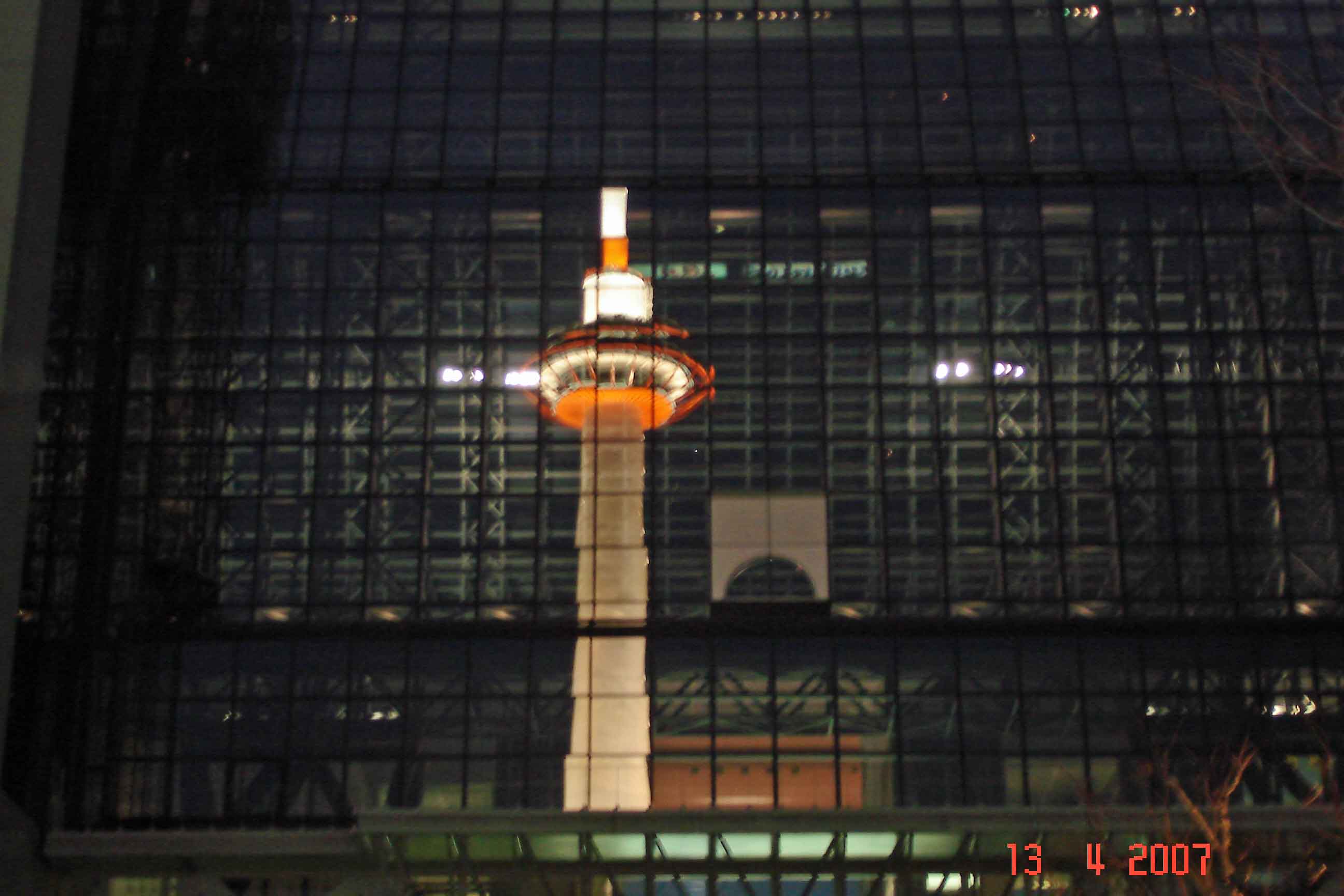
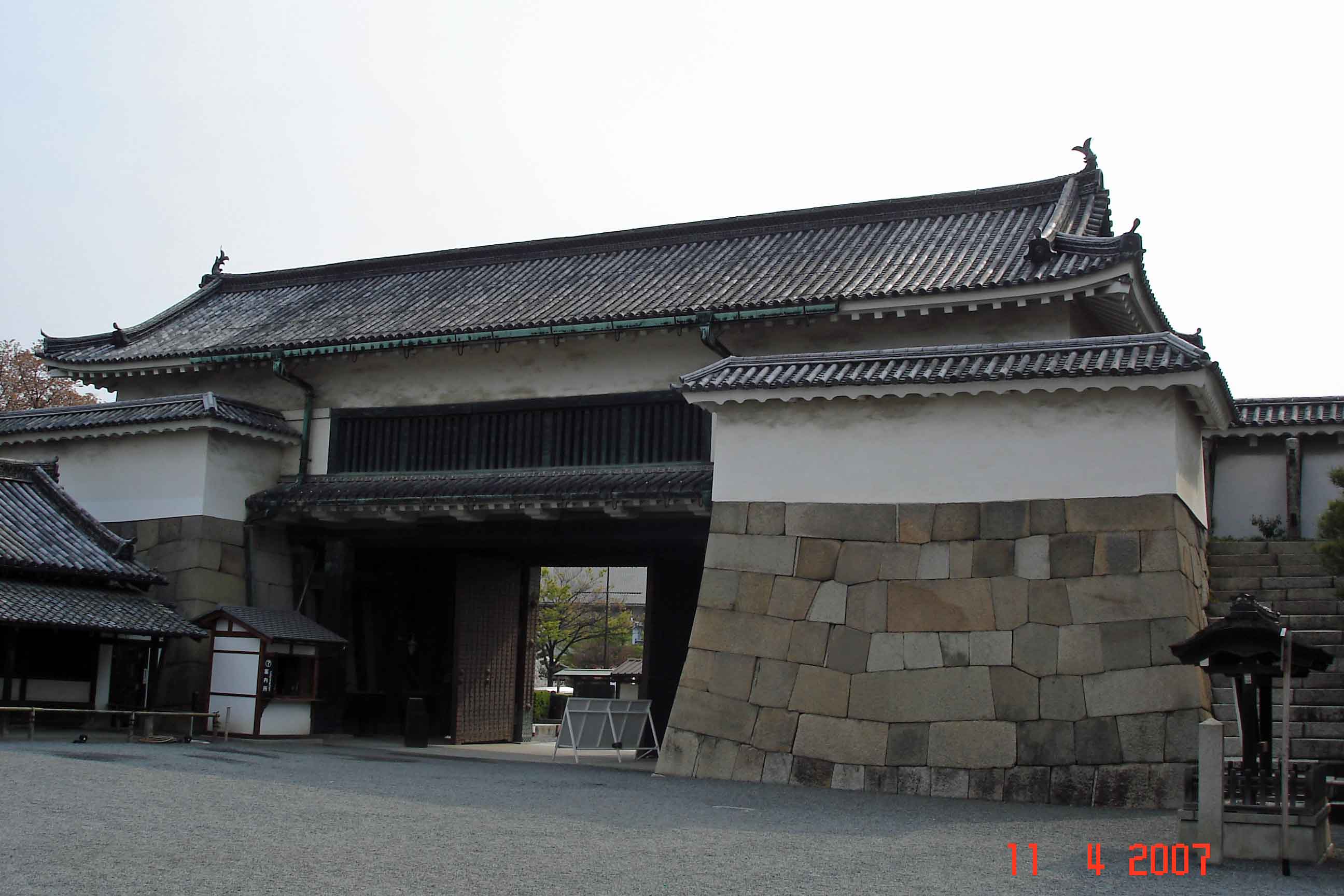
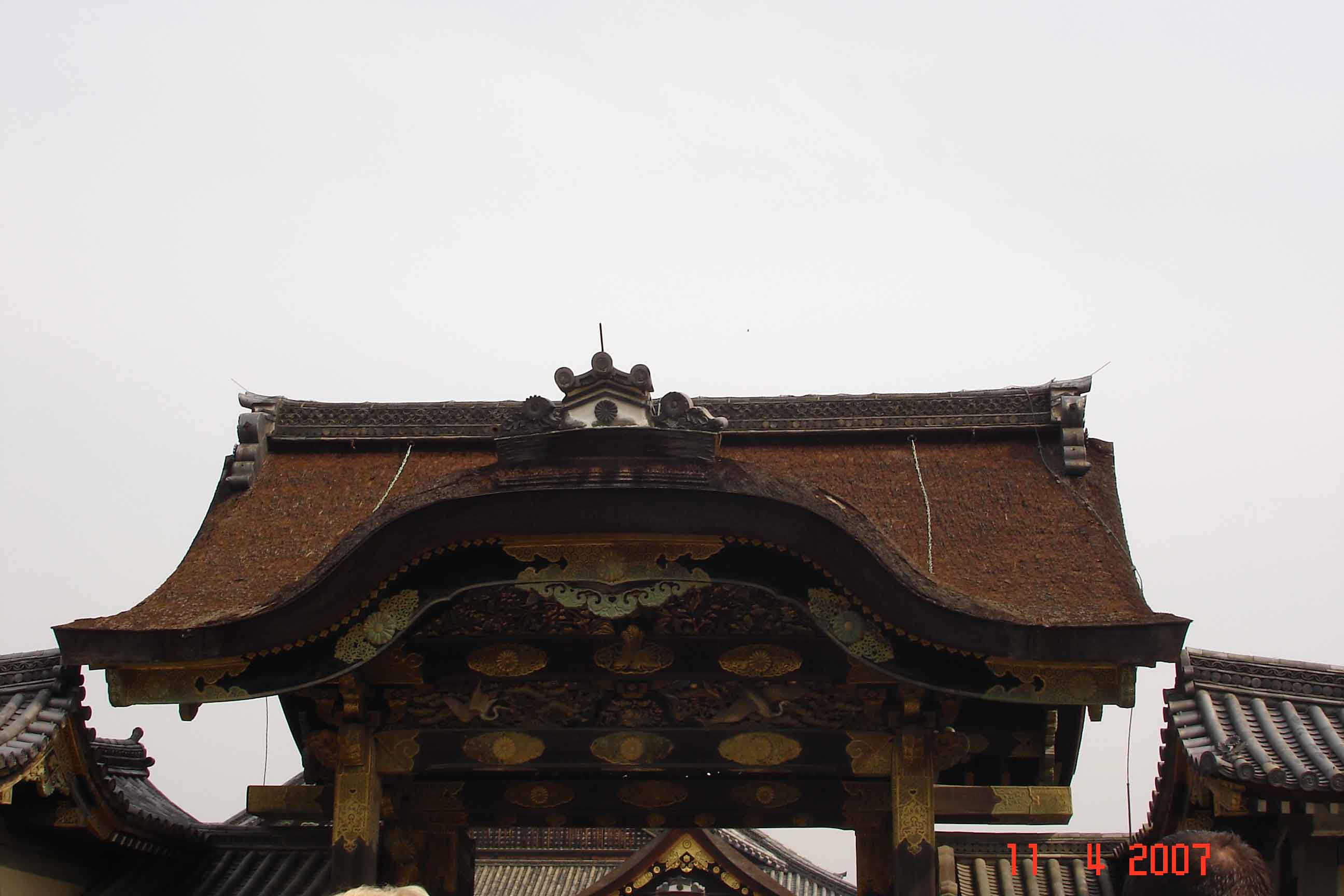
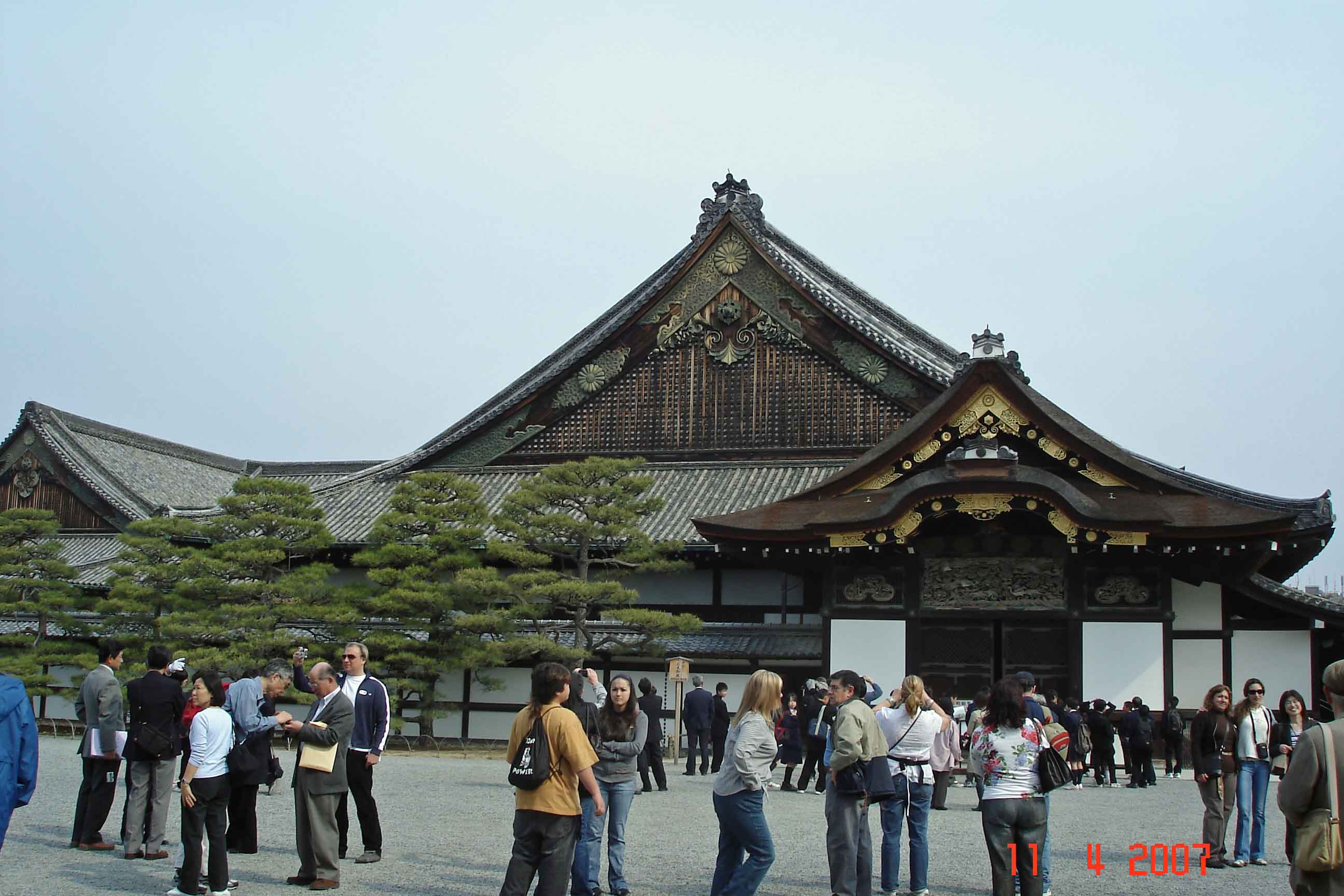
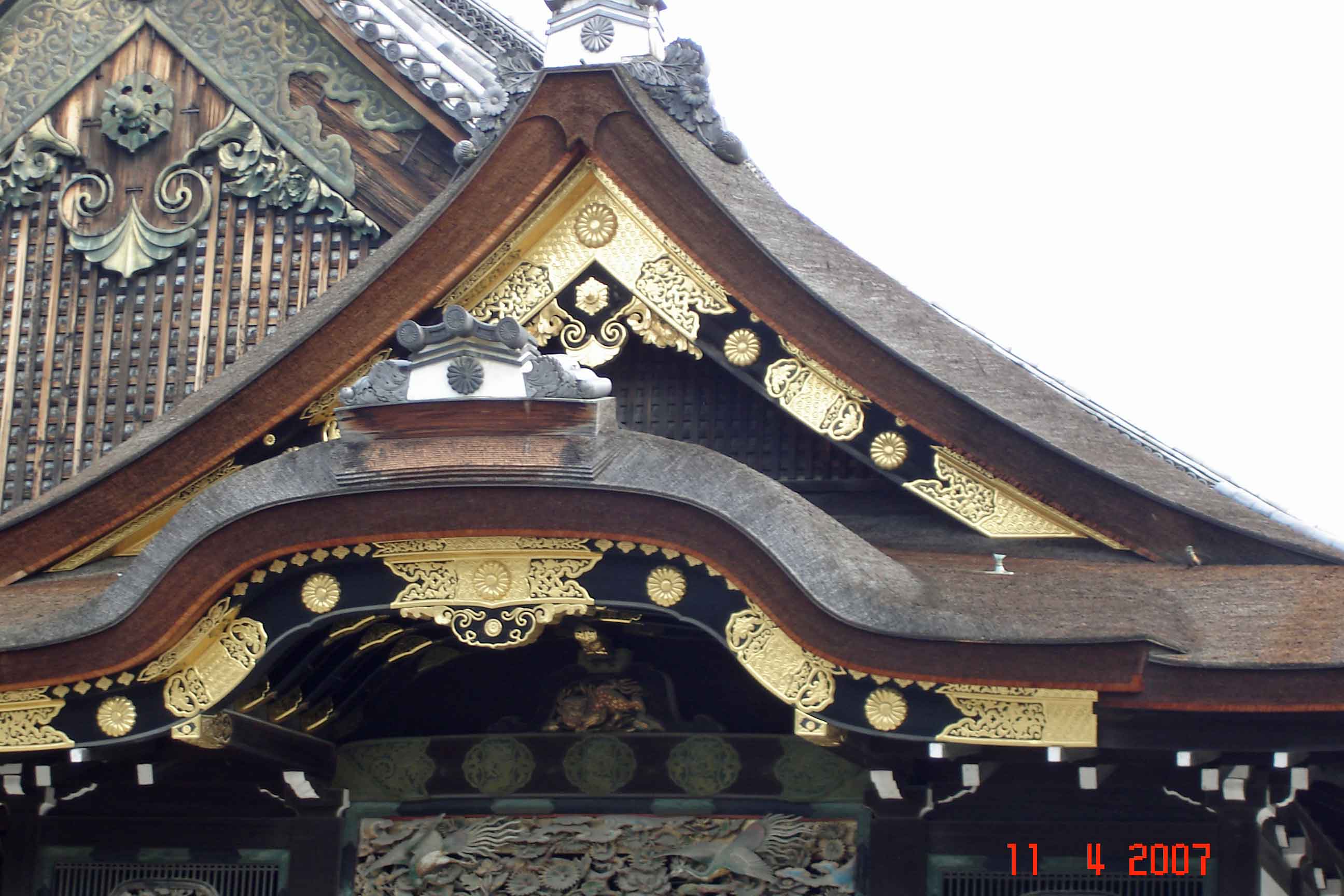
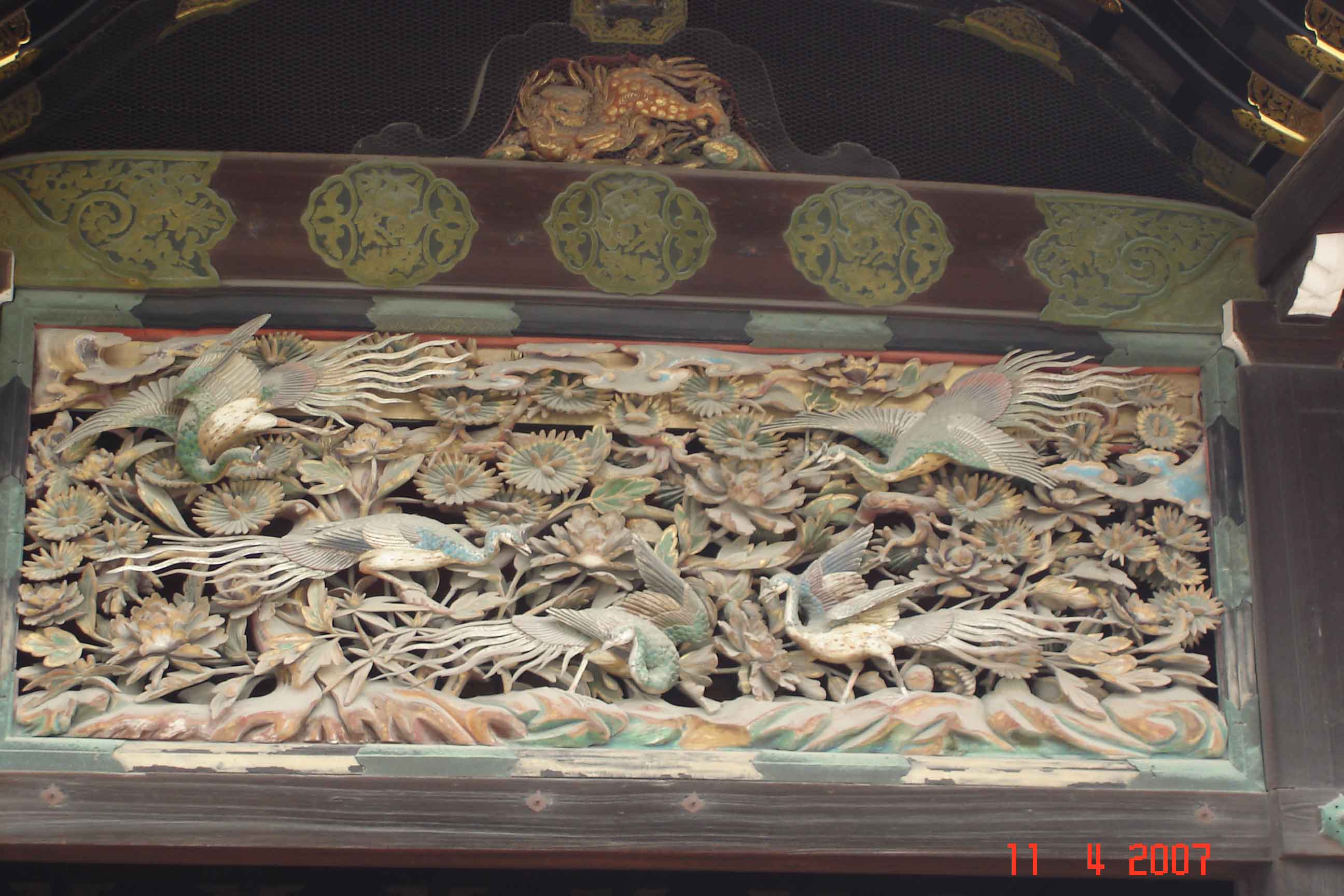
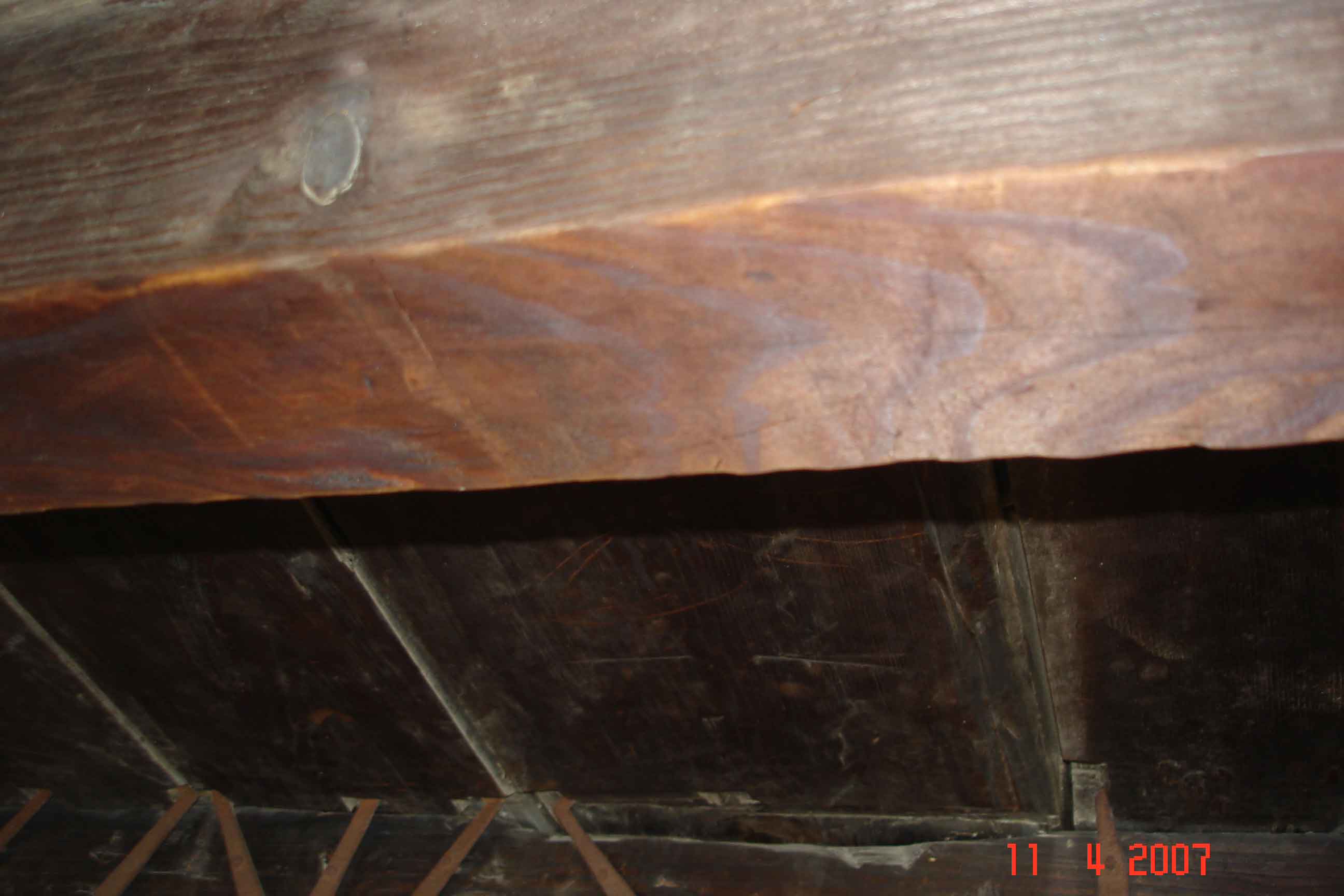
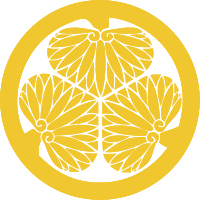
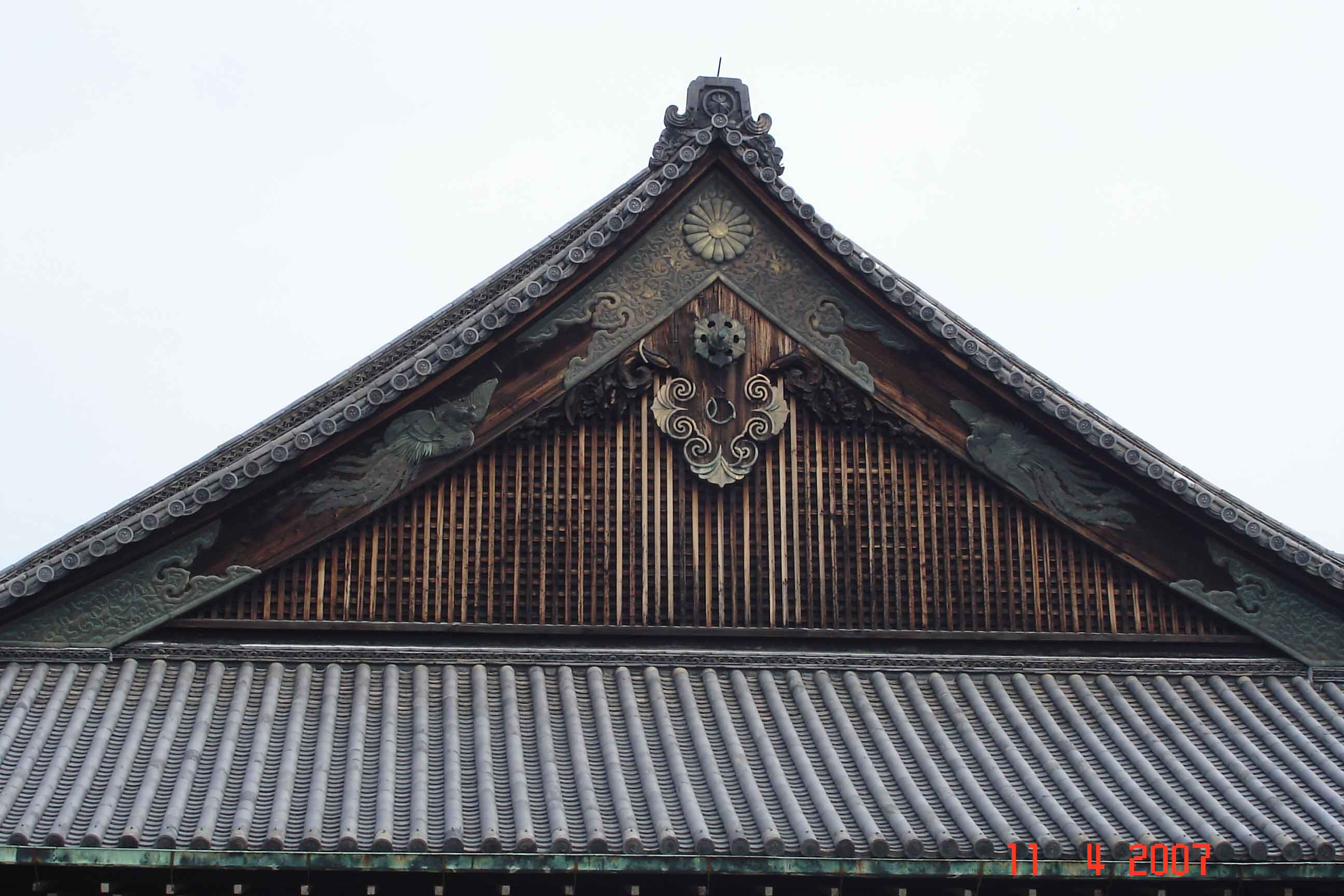
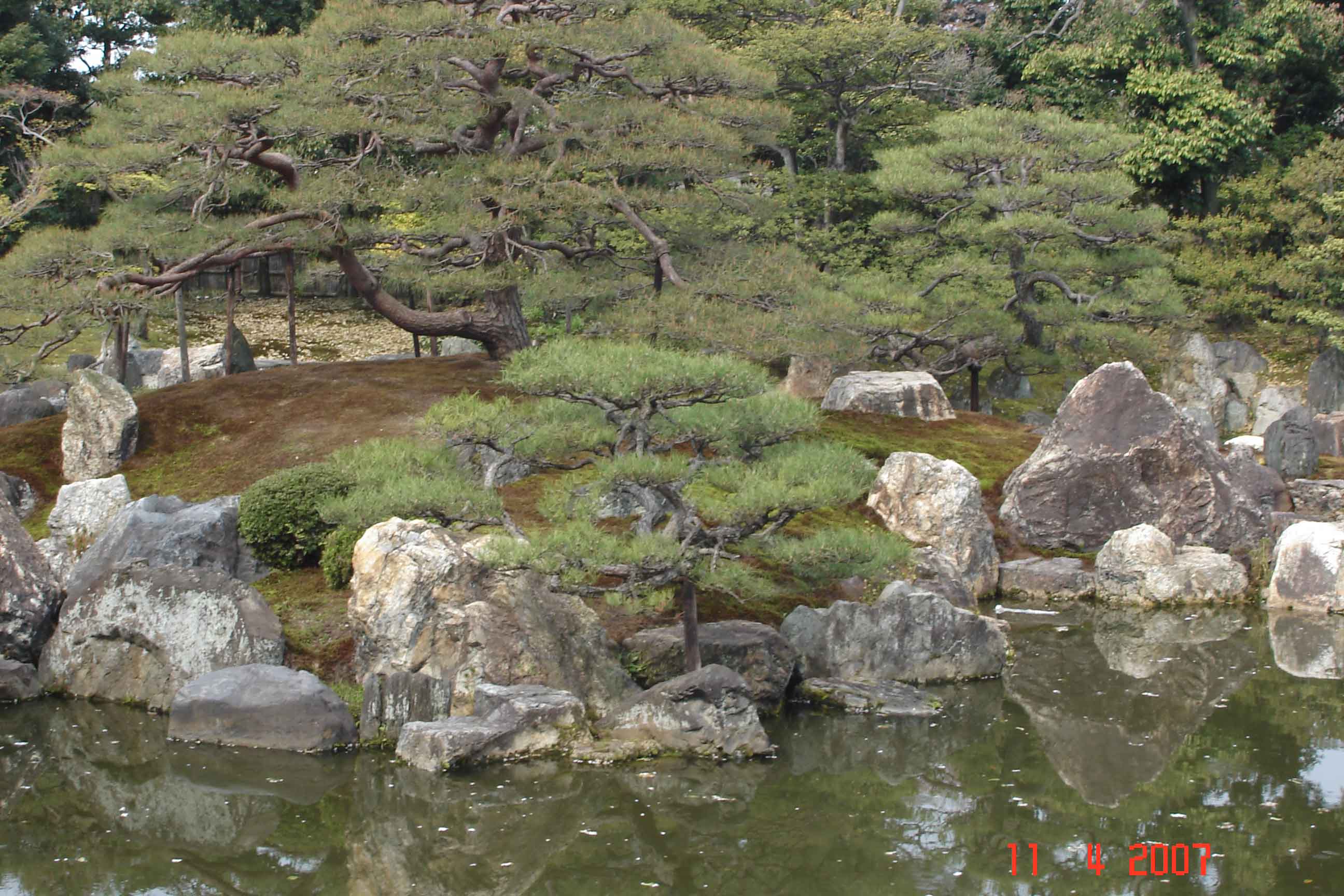
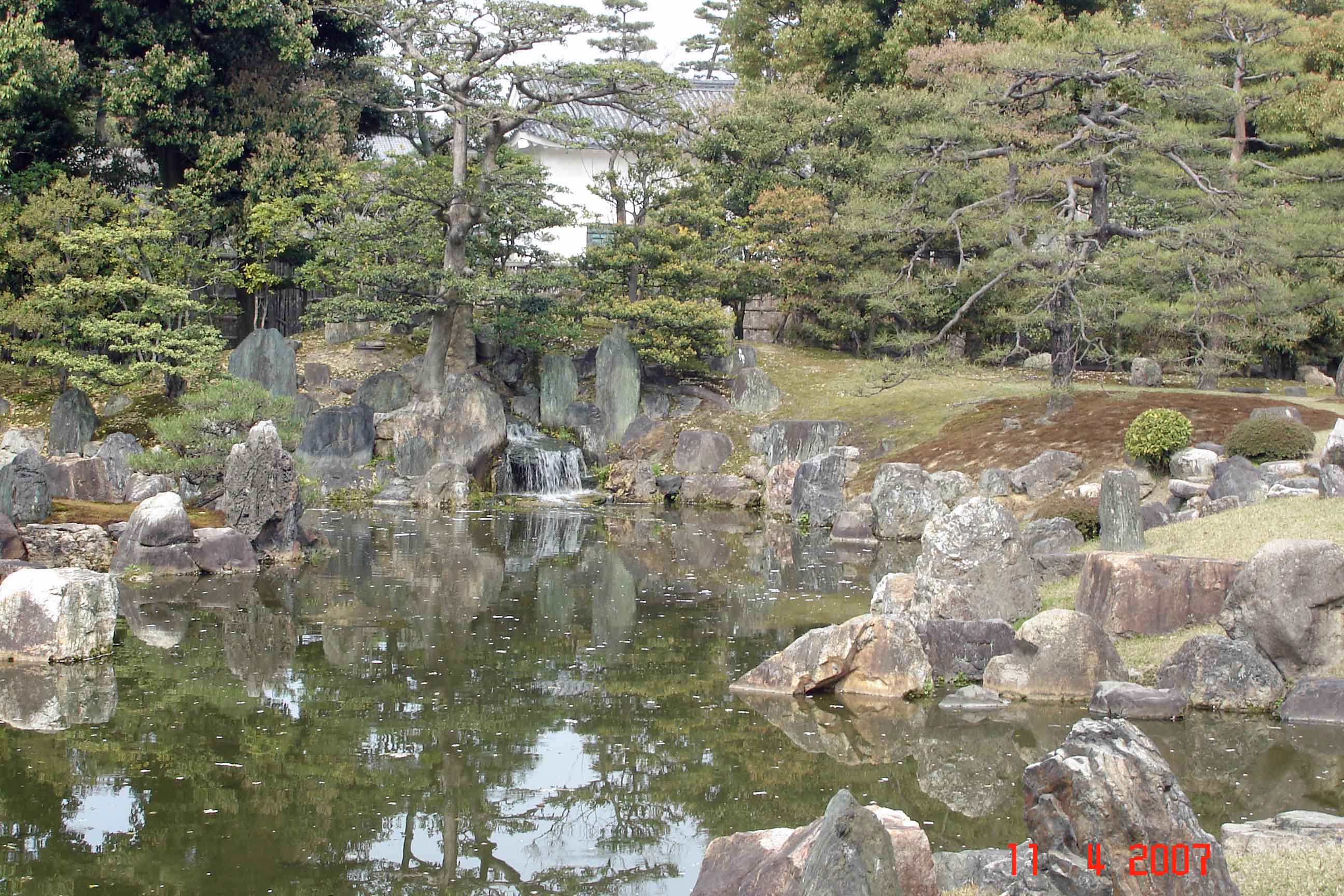
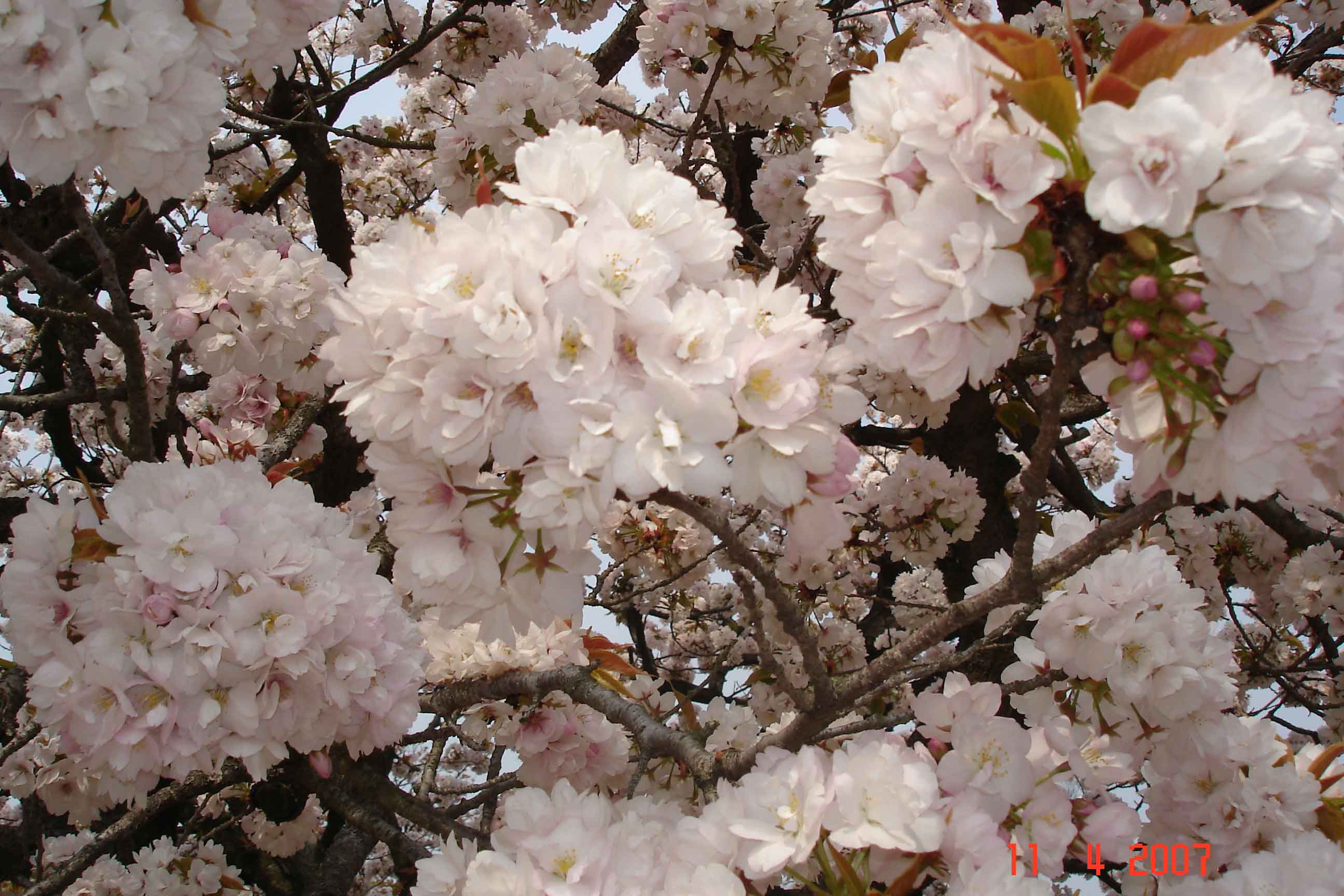
Really beautiful place! I remembered the Wasabi movie that was shot there
Yes! The palace is a very elegant structure set off by the spacious surrounds and gardens. Thanks for your comments.